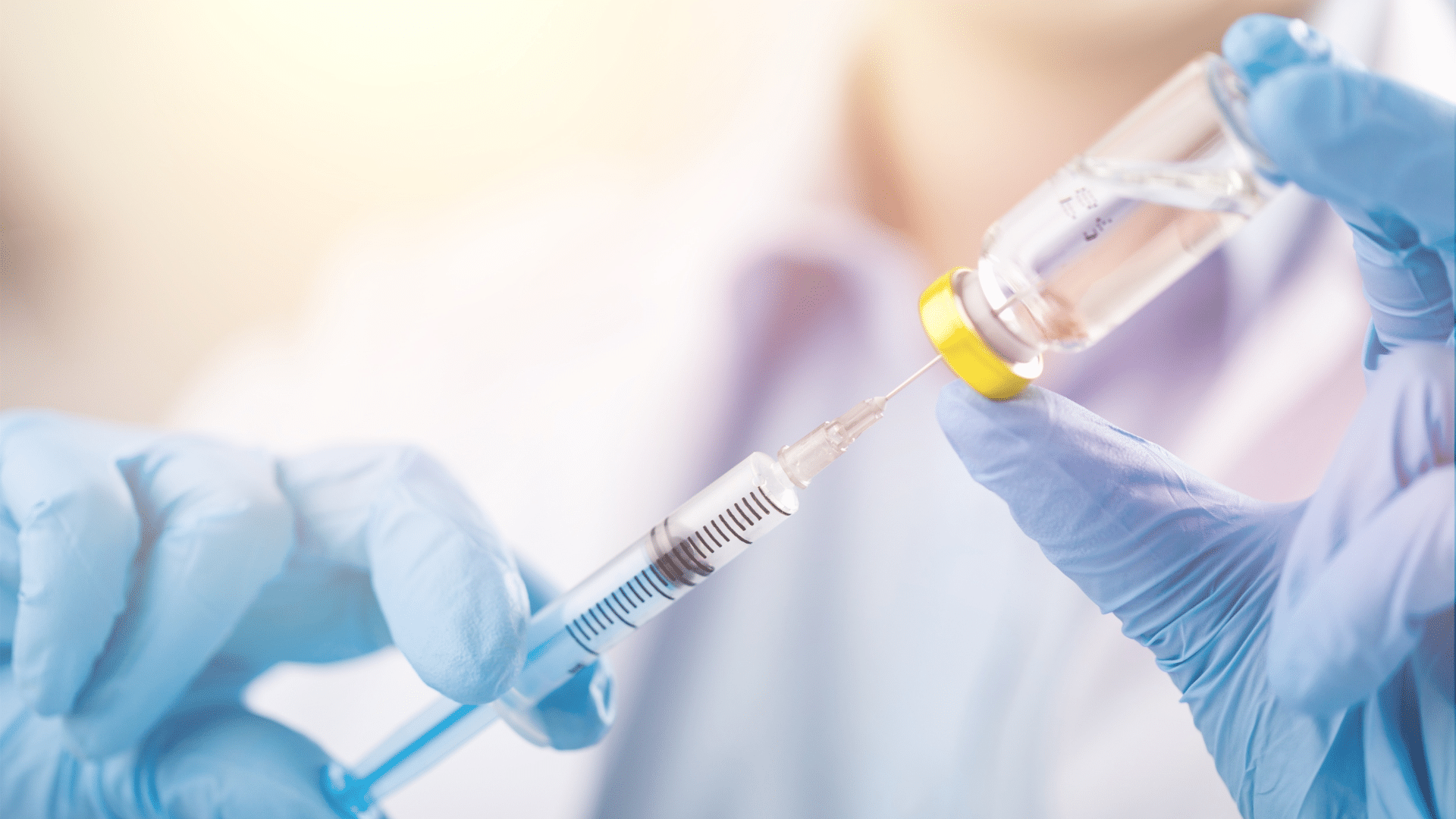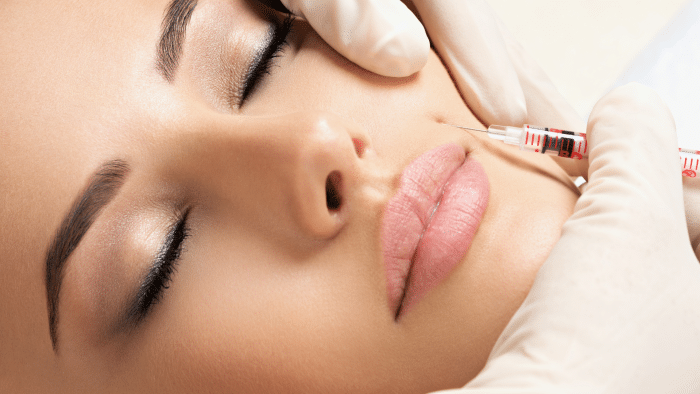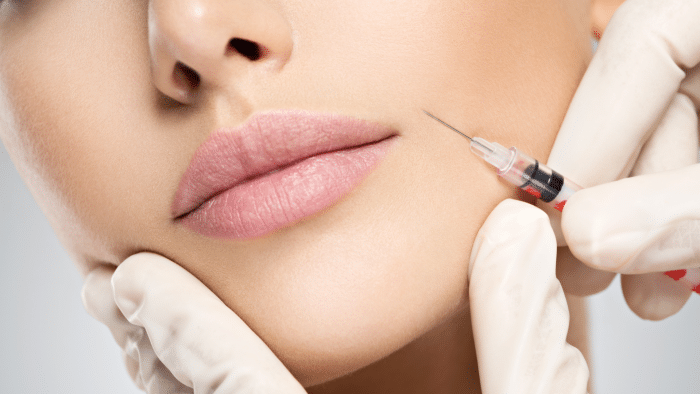
Adverse reactions to dermal fillers are more common than one might think. Studies show that up to 10% of patients experience some form of adverse event after receiving dermal filler injections. These reactions range from mild swelling and bruising to more severe complications like infections or hypersensitivity responses.
Juvederm, a popular hyaluronic acid-based filler, is no exception. While it is generally well-tolerated, some individuals may develop hypersensitivity reactions. These can manifest as redness, itching, or localized swelling at the injection site. As practitioners, it’s crucial to recognize and manage these adverse events promptly to ensure patient safety and satisfaction.
This article will delve into the various types of hypersensitivity reactions associated with Juvederm, explore risk factors, and discuss effective strategies for managing and preventing these complications.
Key Takeaways
- Understanding the mechanisms of allergic reactions to Juvederm fillers is crucial for effectively managing hypersensitivity responses.
- Recognizing the clinical presentation and promptly diagnosing Juvederm allergies is essential for providing appropriate treatment.
- Proper patient assessment, allergy testing, and product selection are vital in preventing allergic reactions to Juvederm fillers.
- Medical professionals should have the knowledge and resources to promptly identify and manage Juvederm allergies to promote patient safety and optimize treatment outcomes.
About: Doctor Medica is your trusted supplier of top-quality dermal fillers, viscosupplements, and more for your medical practice. We offer genuine products from leading brands at the lowest prices. Contact Doctor Medica today if you want to buy Juvederm wholesale for your practice.
Mechanisms of Allergic Reactions to Juvederm Fillers

Hyaluronic acid is crucial in allergic responses, especially with Juvederm fillers. Sometimes, this substance can trigger the body’s defense systems to react. This reaction may happen right away or take some time to show up.
Juvederm fillers use hyaluronic acid to help smooth skin. However, they can sometimes cause allergic reactions. These reactions happen because the body’s immune system sees Juvederm as foreign.
Clinical Presentation and Diagnosis of Juvederm Allergies

Severe acute local reactions to Juvederm fillers show swelling, redness, bruising, and pain at the spot where the filler was injected. These immediate skin reactions are signs your body might be fighting against the filler.
Diagnostic Methods for Identifying Allergies
Identifying allergies to Juvederm is crucial for patient safety. Medical professionals use various methods to diagnose these reactions accurately. Here’s a detailed look at the diagnostic steps:
- Patient History Assessment: Doctors start by checking a patient’s medical history for any past allergies or reactions to fillers. This step helps predict possible risks.
- Physical Examination: A careful examination of the skin helps spot signs of an allergic reaction, such as redness, swelling, or lumps.
- Patch Testing: This involves applying a small amount of the filler under the skin in a controlled setting to watch for any allergic response.
- Blood Tests: Sometimes, doctors order blood tests to check for immune responses that could indicate an allergy to substances in Juvederm.
- Intradermal Testing: Similar to patch testing but more specific, this test injects a tiny amount of filler into the skin’s dermis layer to observe reactions.
- Elimination Method: If a patient shows signs of an allergy, doctors might stop using Juvederm and see if symptoms improve, helping confirm the diagnosis. Observation of Late Reactions:
Preventing Allergic Reactions
A thorough patient assessment before Juvederm treatment is critical to preventing allergic reactions. This step helps doctors determine if a person has allergies that might react badly to the filler.
After carefully checking every patient before Juvederm treatment, we move to the next important step. This process involves testing for allergies that might react badly. In specific cases like lip augmentation treatments, doctors can compare Juvederm vs Kysse and use allergy testing protocols to spot potential problems before they become real health issues during treatment.
Managing Juvederm Allergies

Immediate steps are vital in managing hypersensitivity reactions to Juvederm, which is crucial for patients’ safety and comfort.
- Apply ice to the affected area gently.
- Stop the treatment right away if signs of an allergic reaction appear.
- Evaluate the patient’s condition closely. Look for any increase in symptoms or signs of a severe reaction.
- Give oral antihistamines if needed. These can calm down mild reactions quickly.
- Consider prescribing steroids for more severe inflammation cases, but only after careful assessment.
- Arrange for immediate medical help if the reaction seems severe or life-threatening, such as difficulty breathing or a drop in blood pressure.
- Keep a detailed record of the event, including what was done during and after the reaction.
- Follow up with your patient after they leave to ensure symptoms are going away and not worsening.
Each step aims to calm the reaction while ensuring the patient stays safe and informed about what is happening.
Longterm Management and Follow-up for Patients
Managing allergies to Juvederm fillers requires a careful and ongoing approach. Patients may experience symptoms for over 1.5 years, making long-term care essential. Here’s how to ensure effective management and follow-up:
- Schedule regular check-ups.
- Use hyaluronidase injections carefully. In cases where hypersensitivity reactions persist, consider using hyaluronidase to dissolve the filler. It’s vital to do this judiciously, especially following an infection.
- Educate patients on signs of complications. Make sure they know what symptoms should prompt an immediate call or visit to your office.
- Adjust treatment plans for high-risk patients. Those with a history of severe allergies, including bovine collagen or hyaluronic acid sensitivities, require special attention and may need alternative treatments.
- Document everything. Keep detailed notes on each patient’s reactions and treatments over time. This information can be crucial for managing their condition effectively.
- Encourage open communication. Urge patients to share any concerns or new symptoms they experience between visits.
- Offer support resources. Provide information about support groups or online communities where patients can learn from and connect with others facing similar issues.
- Stay informed. Keep up with the latest research on filler allergies and new management strategies to offer your patients the most current advice and treatment options.
- Promote overall well-being. Encourage a healthy lifestyle that supports immune system function, which can help manage allergic reactions more effectively.
Conclusion
Effective management of Juvederm allergies involves a multifaceted approach that encompasses understanding the immunological basis of allergic reactions, implementing preventive measures through thorough patient assessment and allergy testing, and promptly addressing hypersensitivity reactions when they occur.
By prioritizing patient safety and proactive management strategies, healthcare professionals can mitigate the risks associated with Juvederm fillers and ensure favorable patient treatment outcomes.
FAQs
1. What are the signs of a Juvederm allergy?
You might see redness, swelling, or itchiness where you got the shot.
2. Can anyone get an allergy to Juvederm?
Yes, anyone can have an allergic reaction, but it’s rare.
3. What should I do if I think I’m having an allergic reaction to Juvederm?
Stop what you’re doing and call your doctor right away for advice.
4. Is there a way to test for a Juvederm allergy before getting it?
Your doctor can do a small skin test to check your allergies.
5. Can a Juvederm allergy be treated?
Your doctor will give you medicine or other treatments to help fix it.
References
Bailey SH, Cohen JL, Kenkel JM. Etiology, prevention, and treatment of dermal filler complications. Aesthetic Surgery Journal. 2011;31(1):110-121. doi:10.1177/1090820×10391083
Turkmani, M. G., De Boulle, K., & Philipp-Dormston, W. G. (2019). Delayed hypersensitivity reaction to hyaluronic acid dermal filler following influenza-like illness. Clinical, Cosmetic and Investigational Dermatology, 12, 277–283. https://doi.org/10.2147/CCID.S198081
Bitterman-Deutsch, O., Kogan, L., & Nasser, F. (2015). Delayed immune-mediated adverse effects to hyaluronic Acid fillers: report of five cases and literature review. Dermatology Reports, 7(1), 5851. https://doi.org/10.4081/dr.2015.5851
Related Articles
Joanna Carr
Botox 101: Understanding the Speed of Transformation for Wrinkle-Free Skin
Discover the swift transformation of wrinkle-free skin with Botox. Explore insights from Doctor Medica for a smoother, youthful appearance.
Joanna Carr
Wegovy Meal Plan – What to Eat?
A balanced diet is crucial for complementing the effects of Wegovy and maximizing weight loss. Read more in this article.
Joanna Carr
Mirena IUD For Endometriosis – A Viable Treatment
Discover the benefits as well as the side effects of Mirena IUD for endometriosis and how it can help manage the symptoms effectively.


